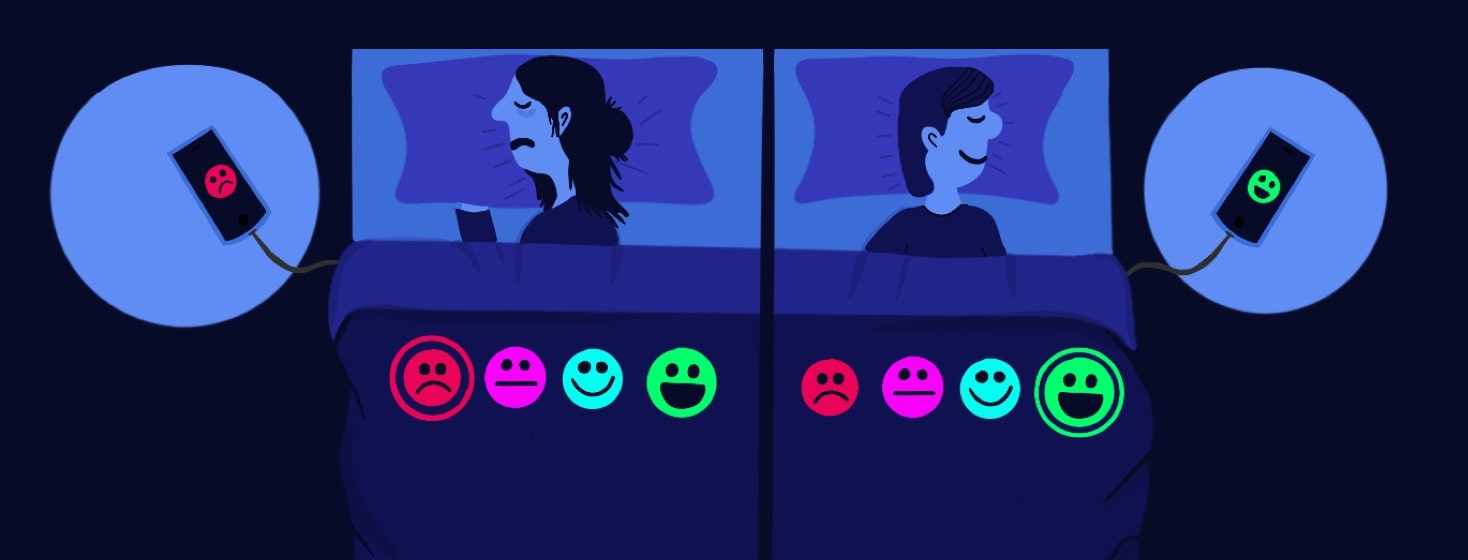My Sleep Number Bed
I have struggled with sleeping challenges since childhood. Insomnia and I go way back. An active mind and an anxious body did not bode well for easy, restful nights. I talked to doctors and therapists about this, had sleep studies done, took medication, stopped taking medication, changed my routines, monitored my sleeping, and tried different sleep environments. I never found anything to be a radical change maker.
This is not where I tell you that my Sleep Number bed changed everything. It is where I talk about how having sleep data, without doing anything extra, can be beneficial.
Searching for the right Sleep Number bed
In the spring of 2019, I was pregnant with our daughter, and we were moving into a new house. As a restless insomniac who lives with other chronic health conditions, my husband and I knew the bed we chose and invested in was really important.
After much searching, trying out, and discussing, we ended up with a split top king Sleep Number adjustable bed. What this means is that the top half of the mattress is split down the middle, meaning that my head can be at an incline while my husband's head can be at another. Then, the 2 halves meet midway, and the bottom half of the mattress is "normal" – although it can also be inclined.
Adjusting the Sleep Number bed to benefit your sleep, and your partner's too
Now, the real selling point of the bed for us was the Sleep Number portion – I like a little bit of a firmer mattress, while my husband prefers more of a soft, fluffy one.
The thing about the Sleep Number bed is that each side can be adjusted to the ideal firmness, from a scale of 0 to 100 on every increment of 5. I'm a 65, my husband is a 40. It might not seem like a huge difference, but it brings both of us much comfort and joy to be in our own elements nightly.
Using a remote control or phone app also helps
Now, the bed is adjustable (both the firmness and the incline of the head/foot) via the remote OR app. Honestly, I've never once used the remote. I always have my phone within reach, so using the app has been the easiest for me.
And that app also tracks my Sleep IQ Score.
How is sleep data beneficial?
This is a number between 0 to 100 impacted by the amount of time I am in bed total, how much of that I'm restless, how much of that I have exited the bed, how long it took me to fall asleep, and overall what my sleep efficiency is. It is also categorized into poor, fair, good, and excellent.
Over time, different seasons of life have impacted my score, but having the information, or the trends, has been really helpful for me. It means I have an at-a-glance view of how well and how long I slept, without having to do anything extra (like wearing a device, keeping notes, being cognizant, etc.).
What have I learned from my Sleep Number bed?
In looking at the last 3 months, my average sleep score is a 67, with my lowest night being a 34 and my highest being a 92. Of 90 days, I had 15 that were categorized as excellent, 45 that were good, 22 that were fair, and 8 that were poor.
This data to me is most beneficial when I am speaking with my psychiatrist about the sleep medication and dosing I use. It is also helpful to look at when my health conditions flare and how that impacts my sleep – such as am I in bed longer but sleeping less, and more restless?
Tell me more about your sleep data
I would love to connect with other Sleep Number bed users and discuss how you use your sleep IQ data! Please share your experiences below.

Join the conversation